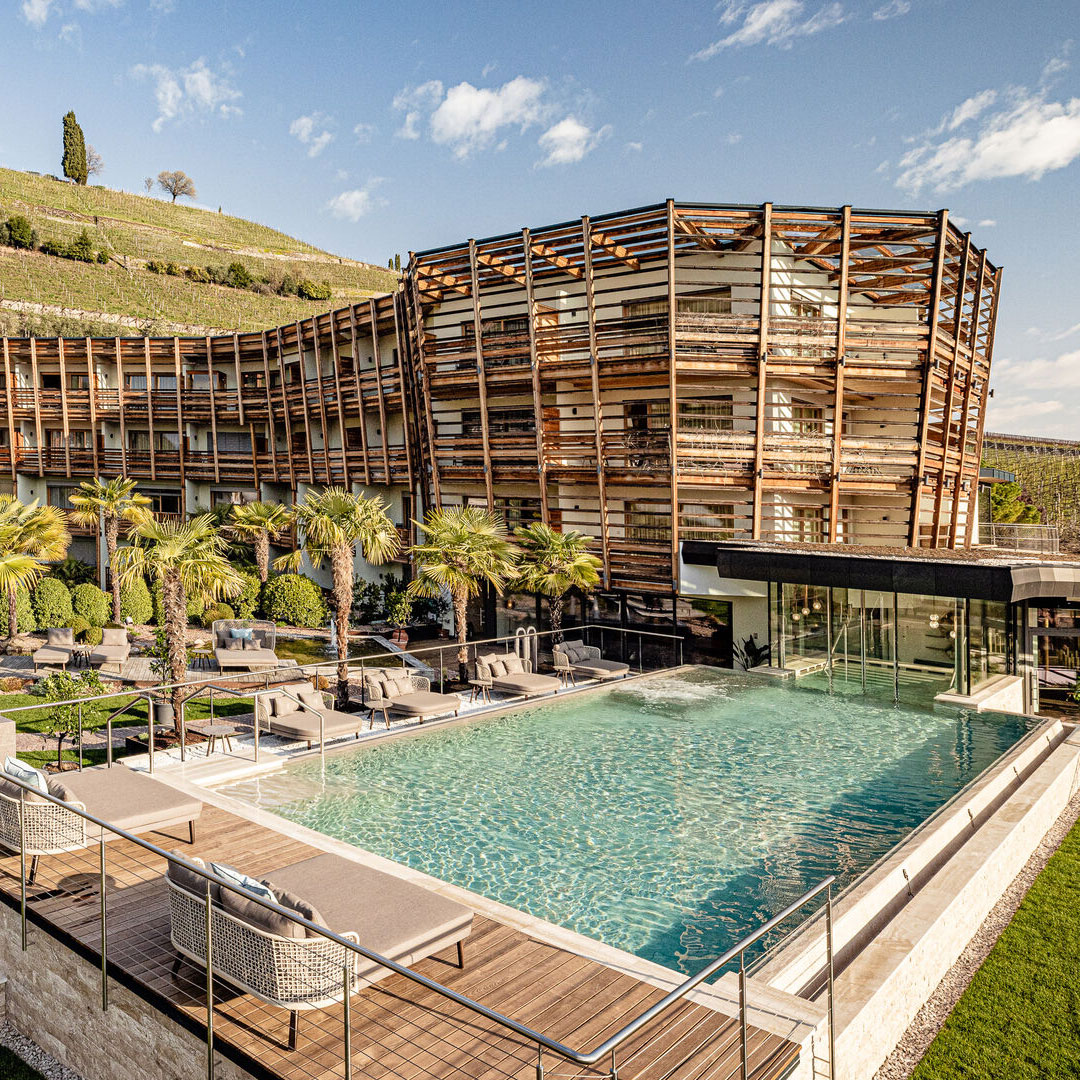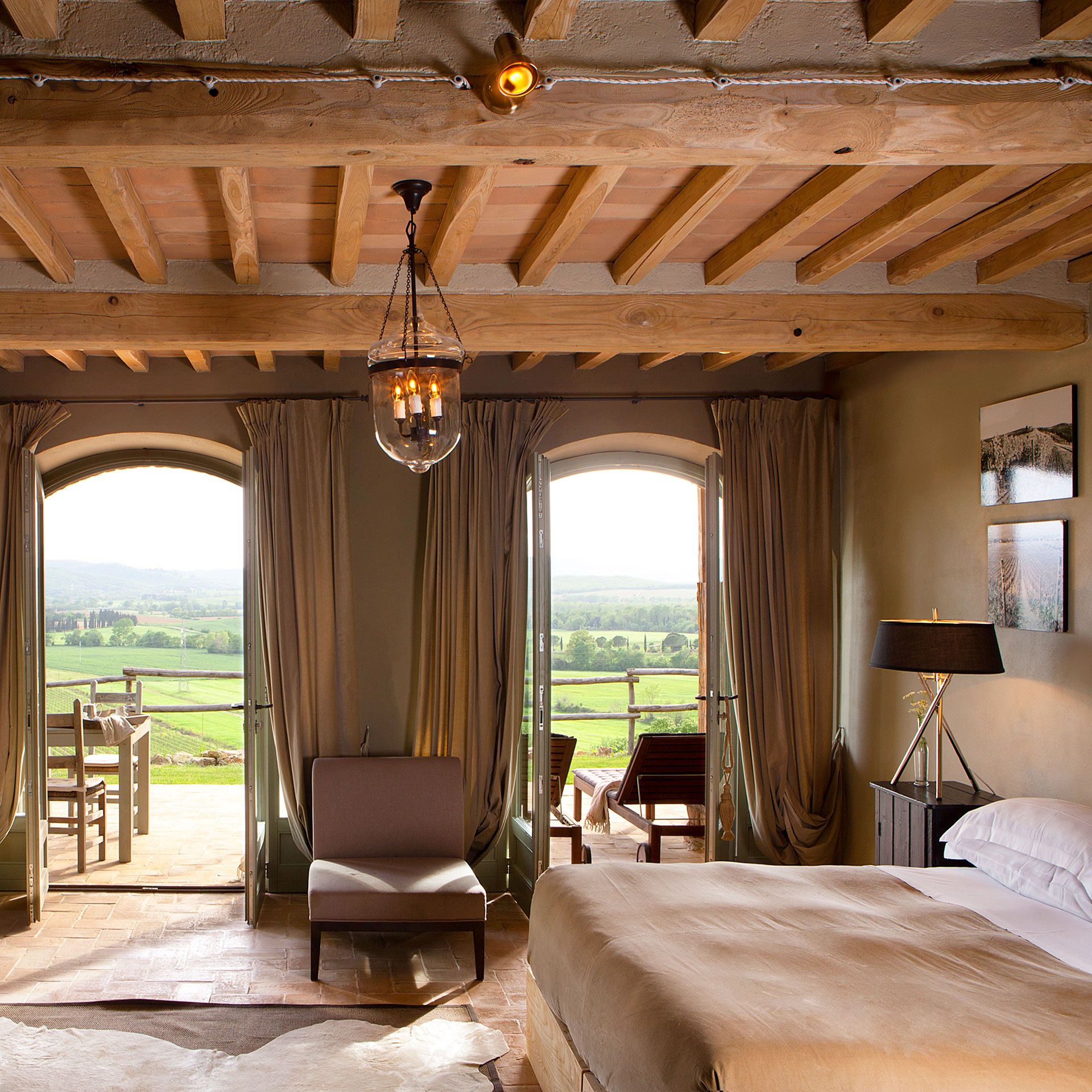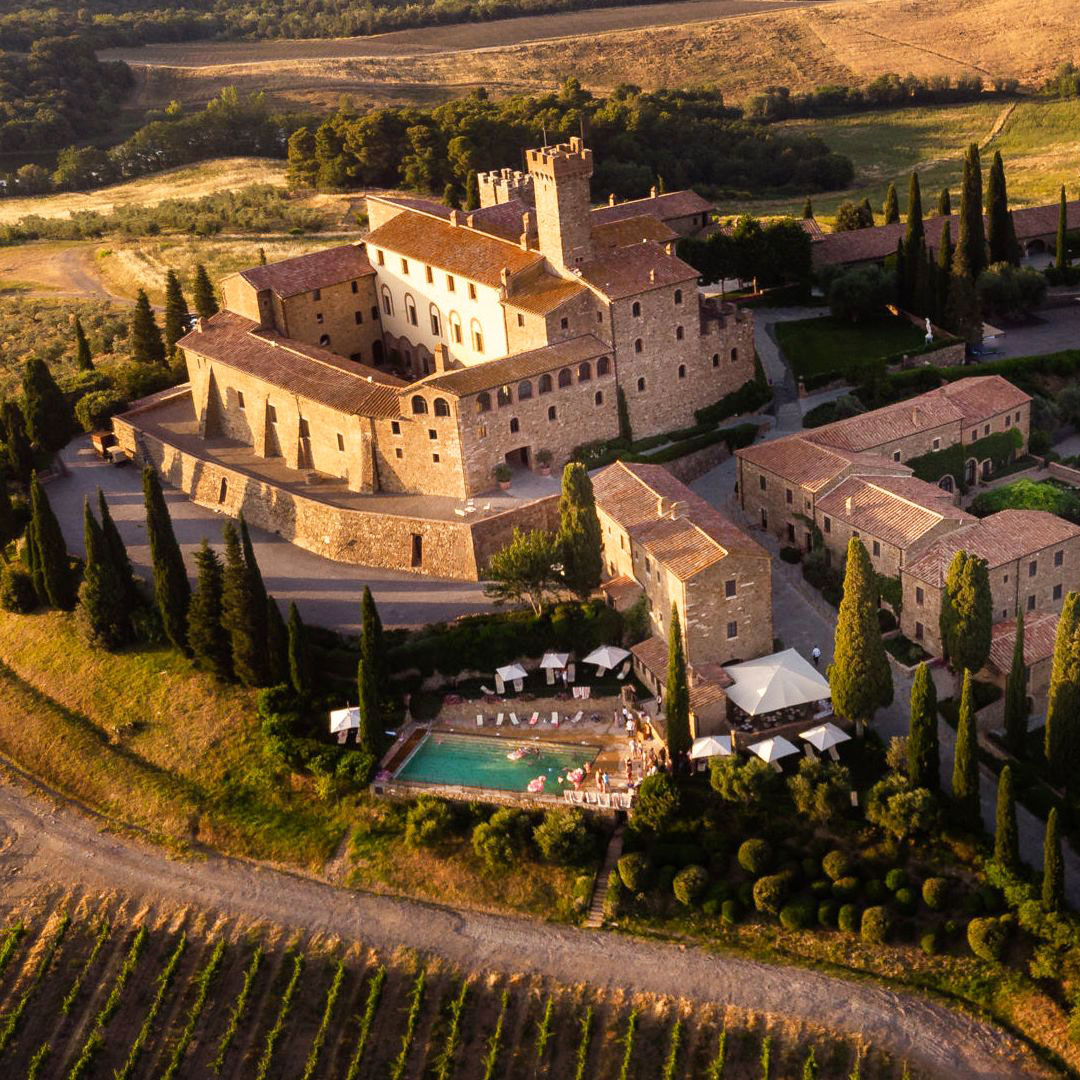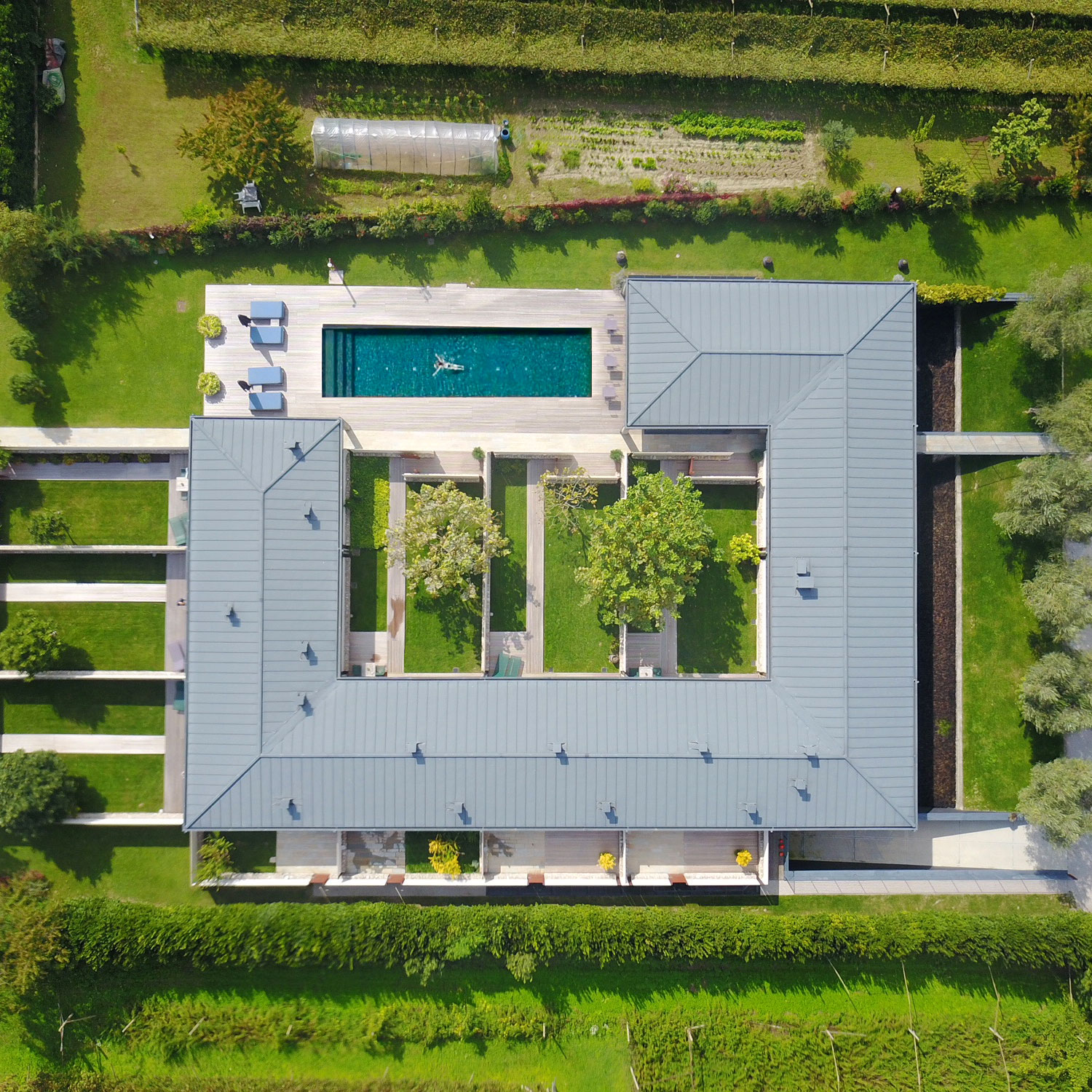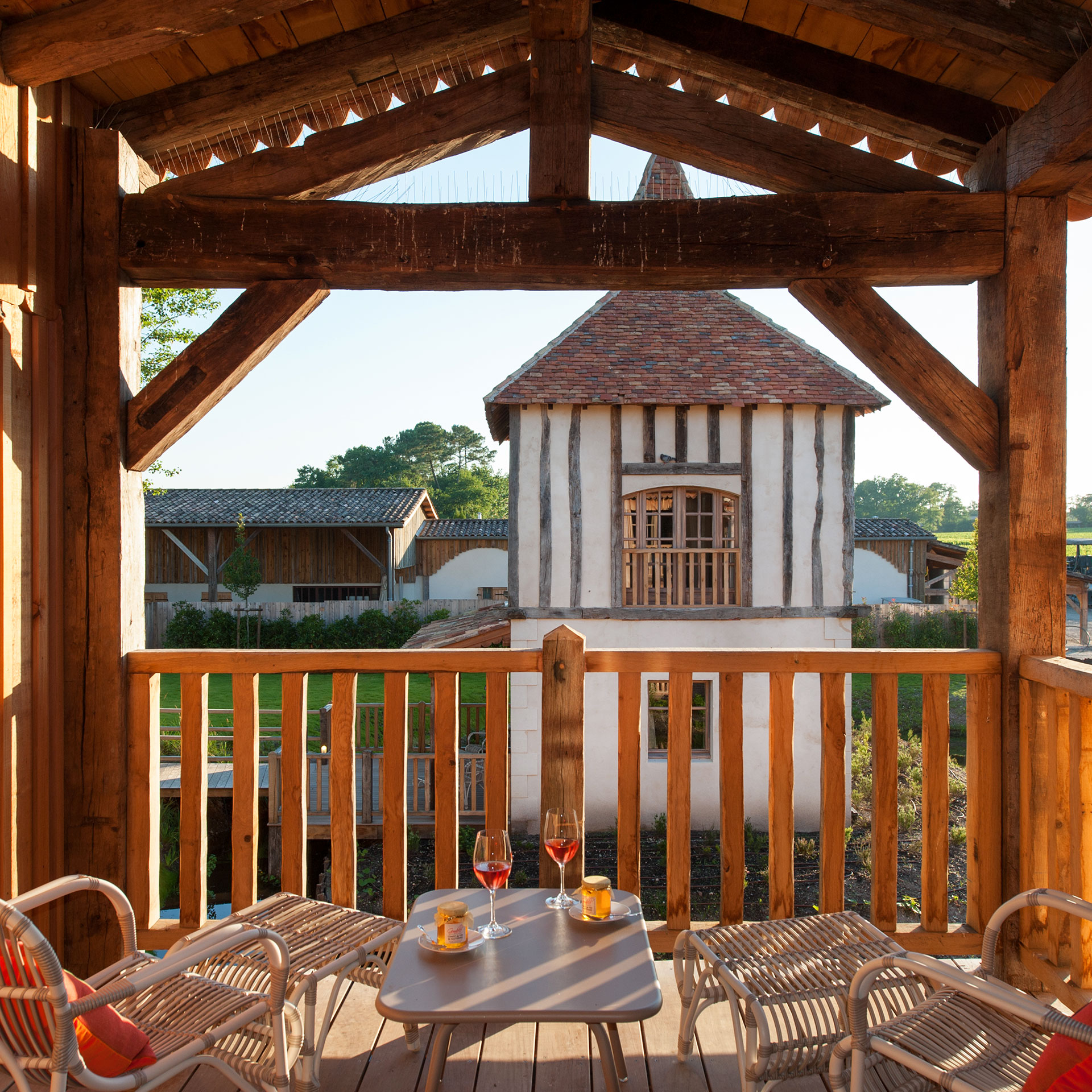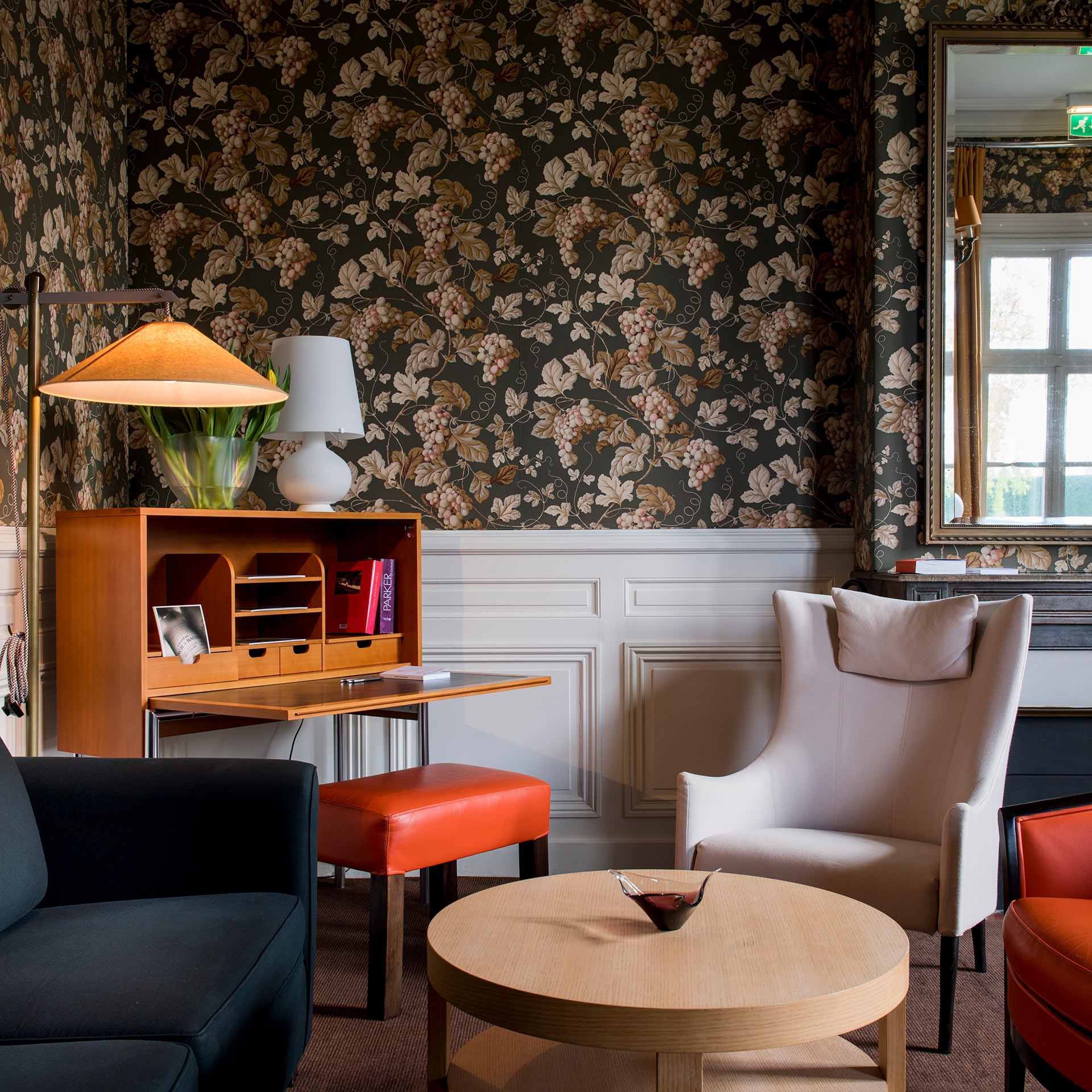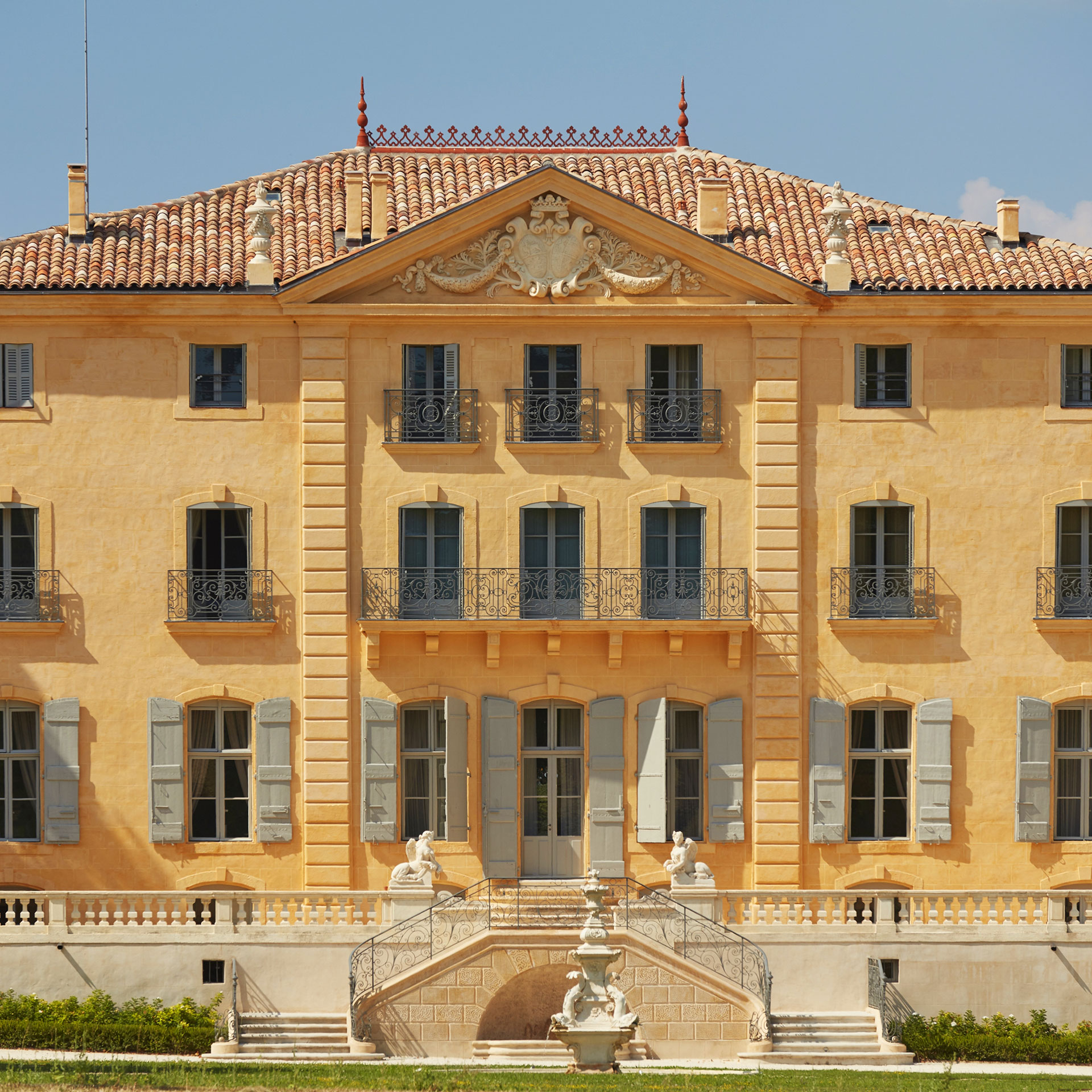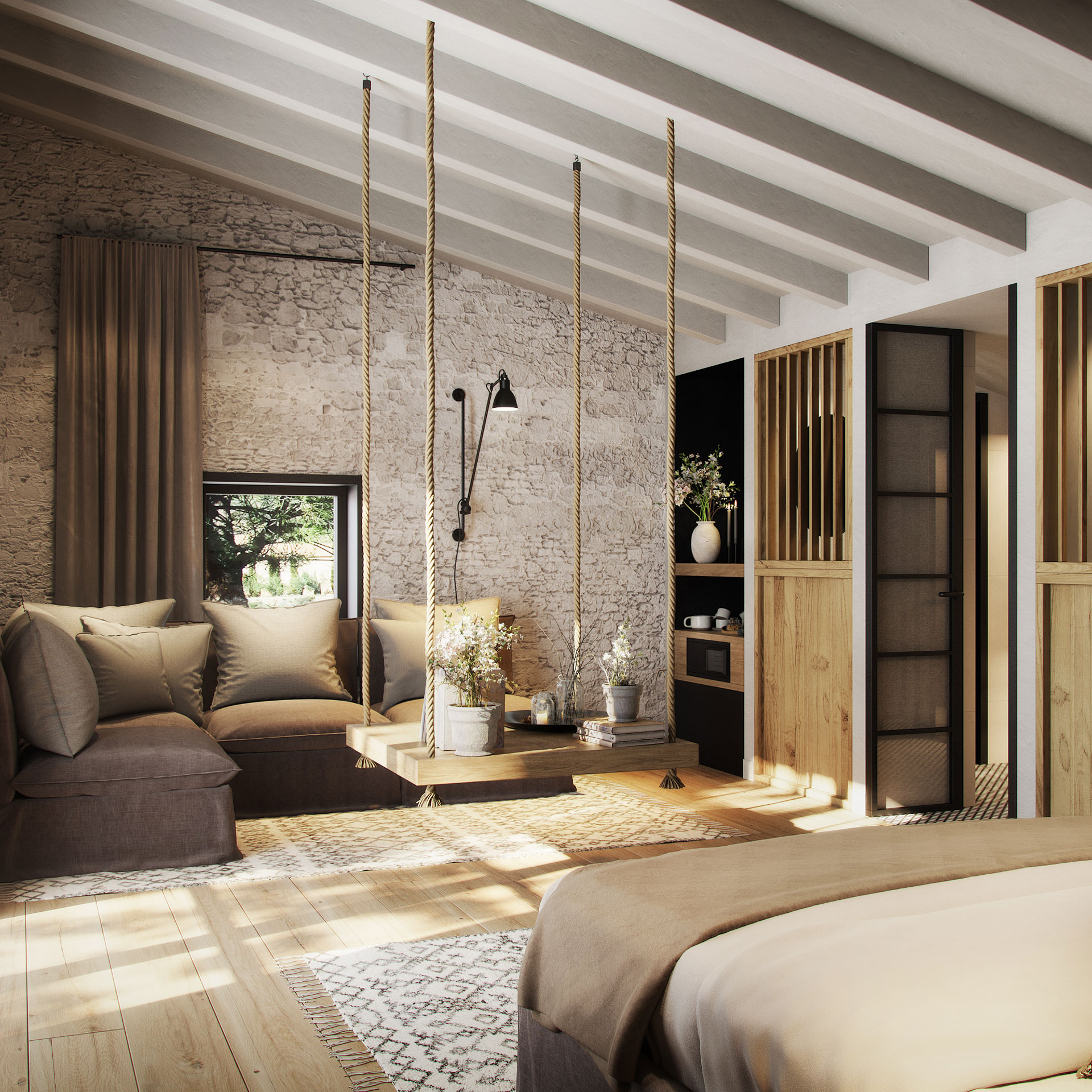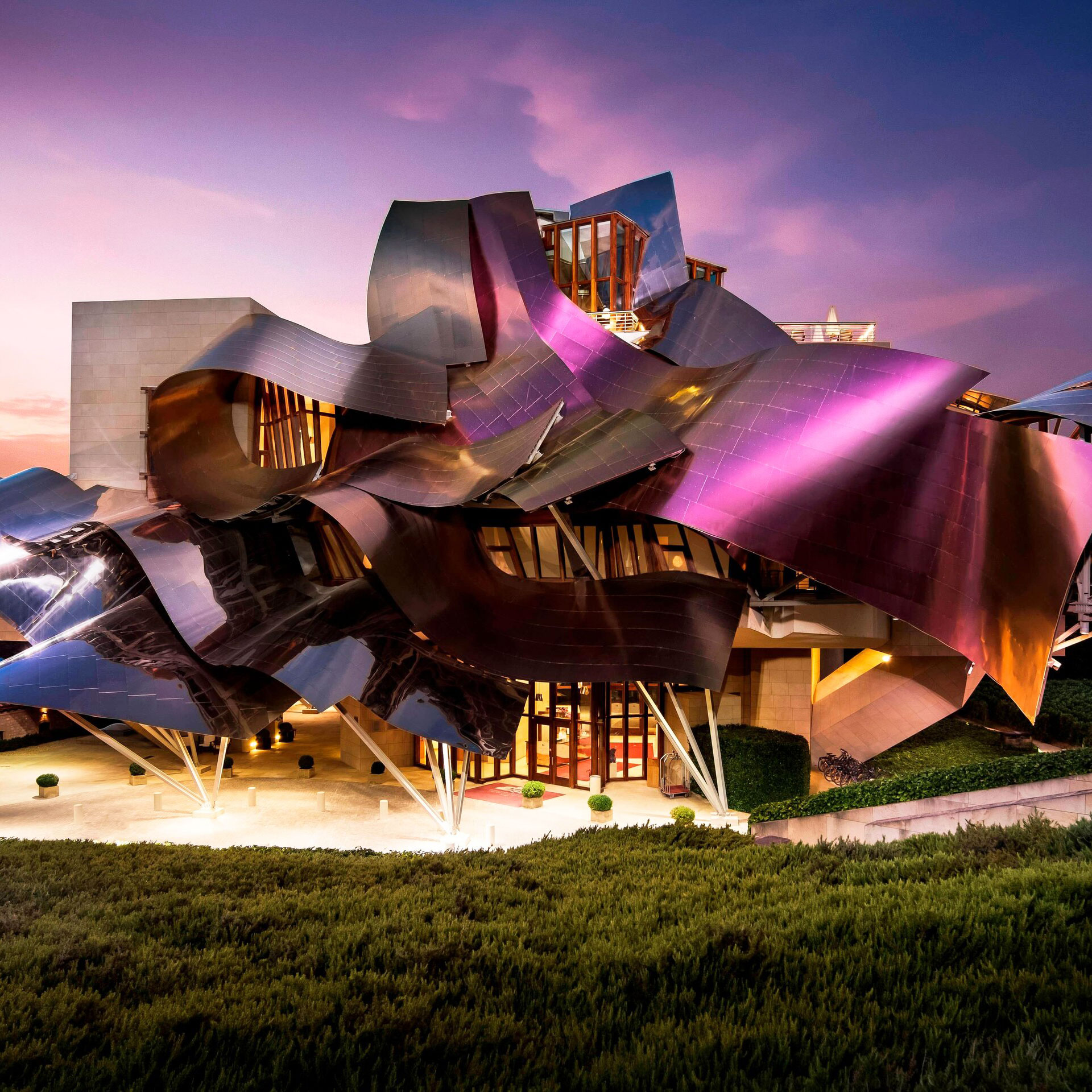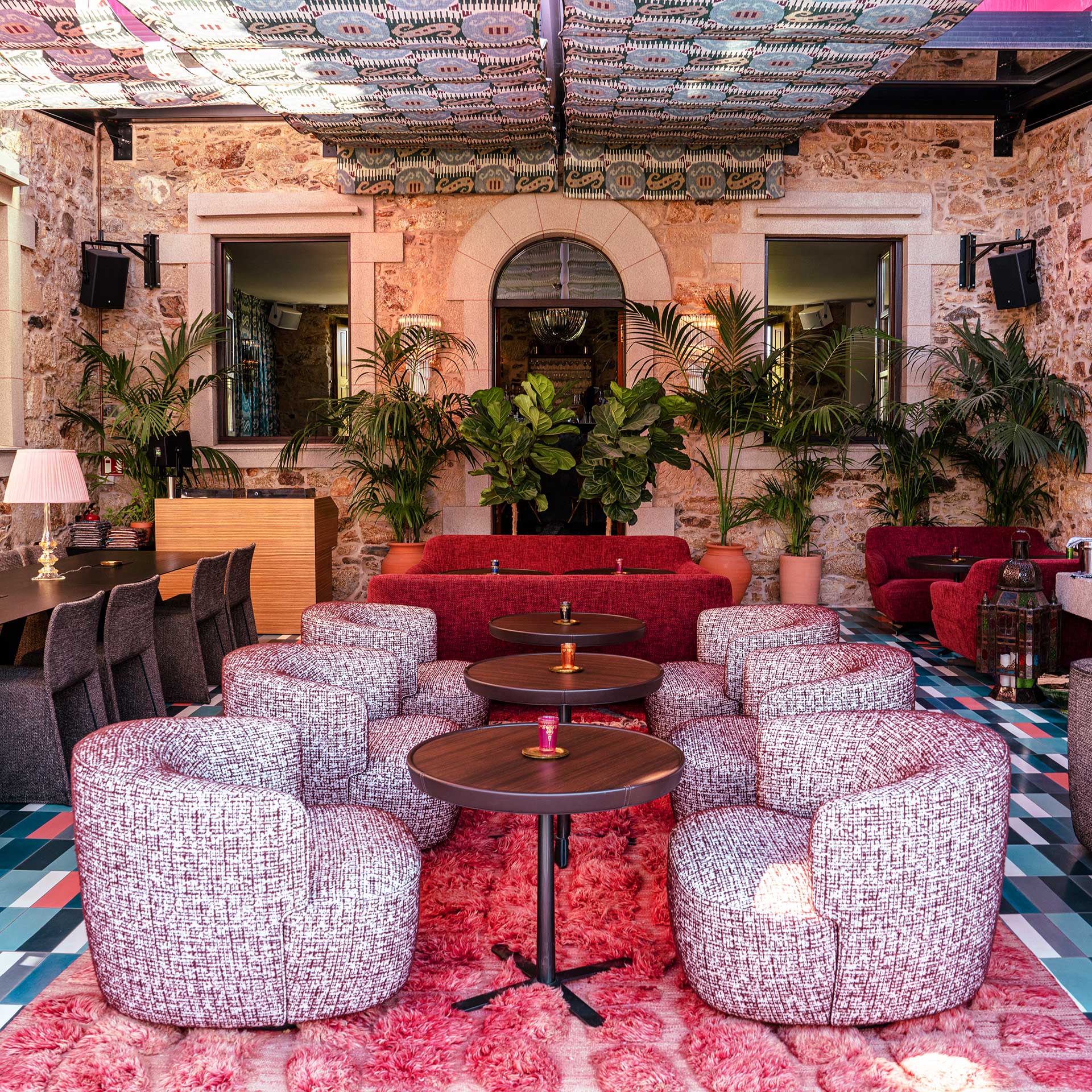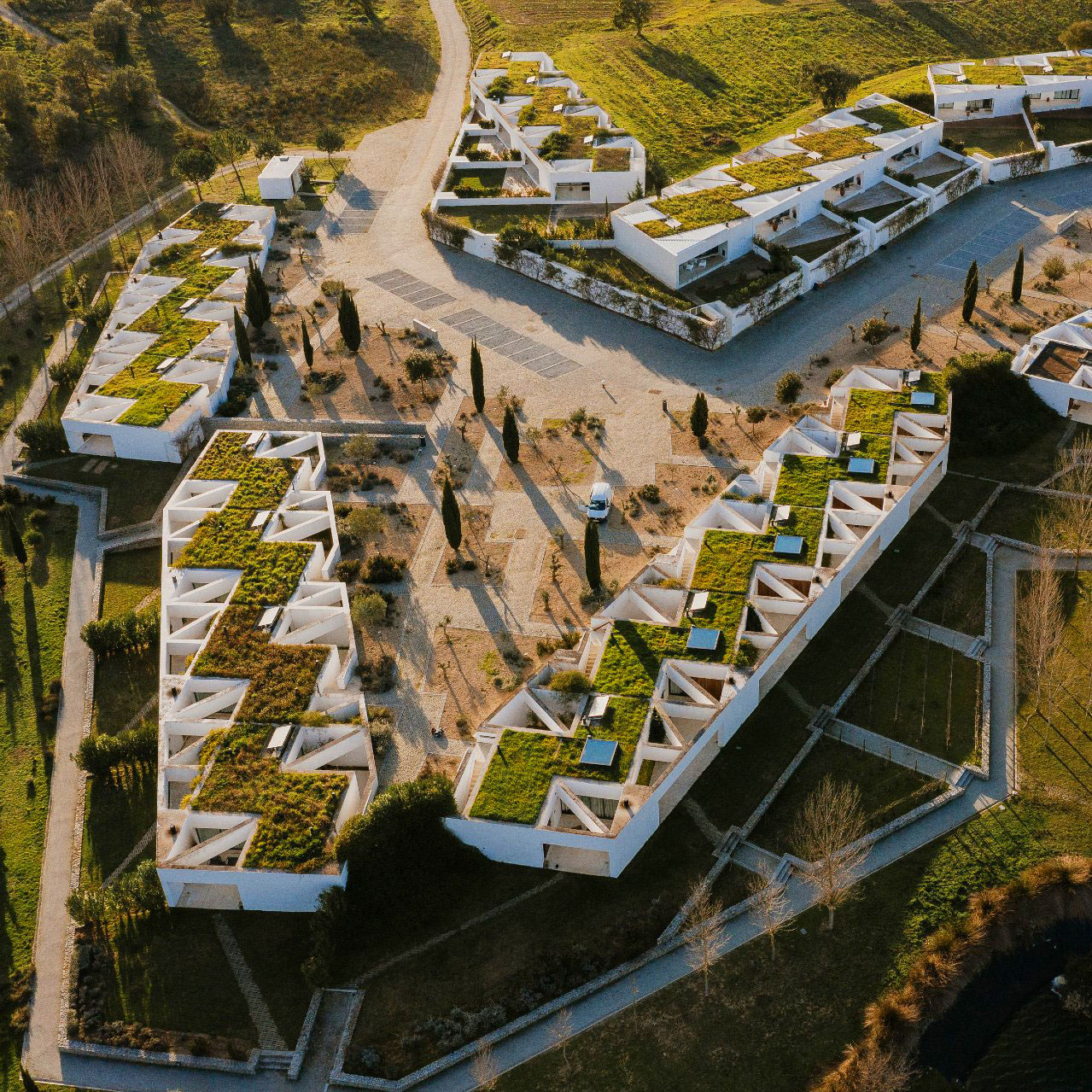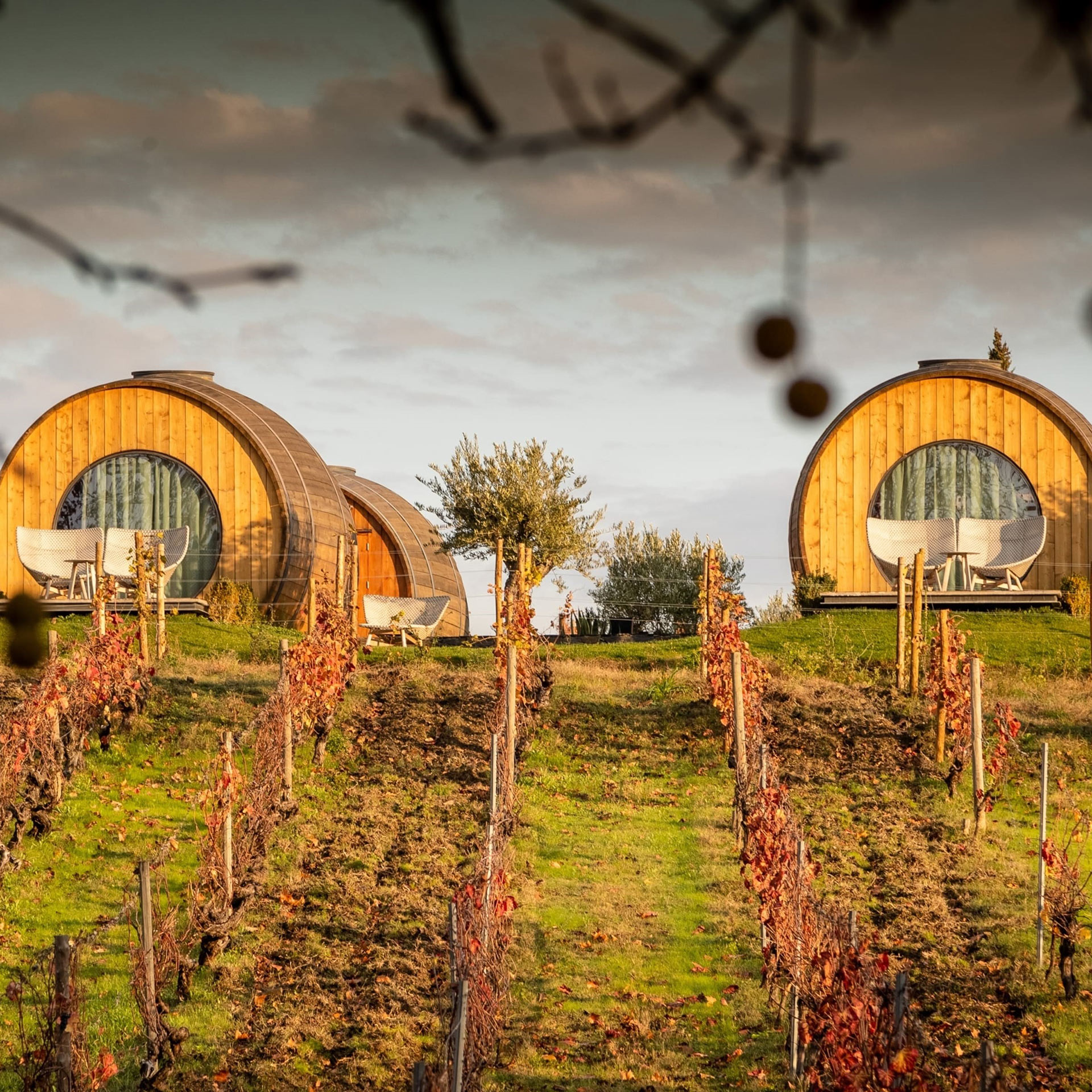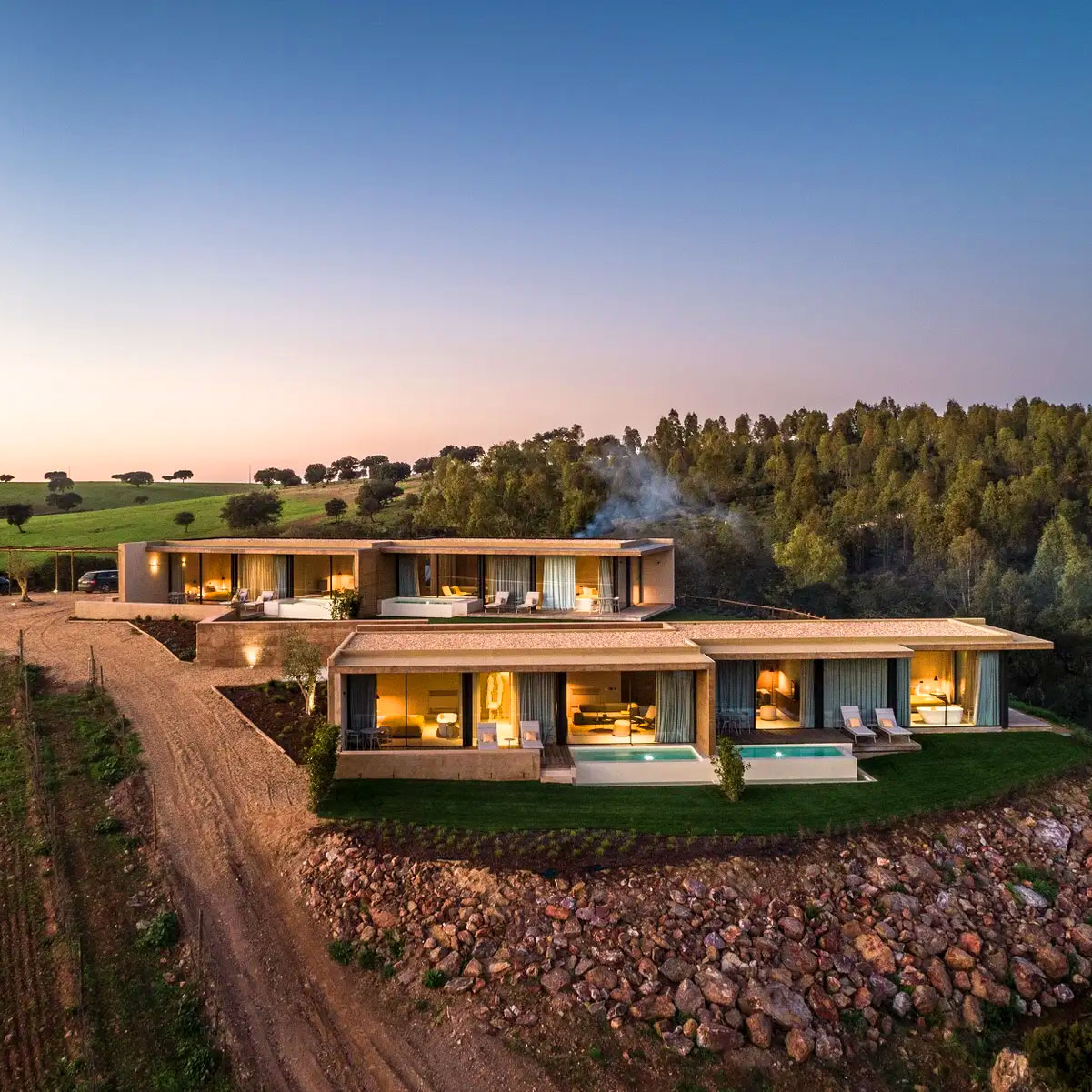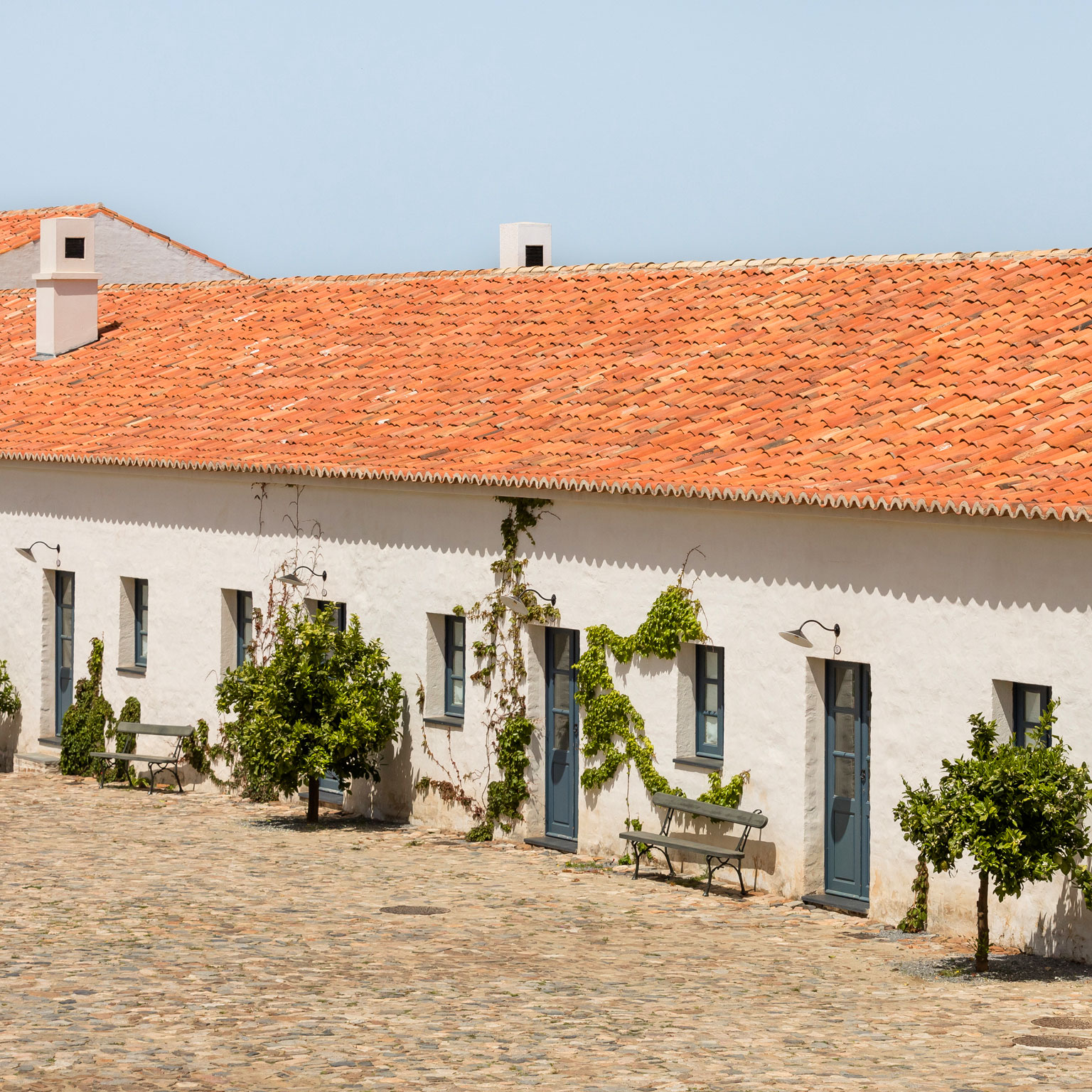
There’s no doubt which countries are the “Big Three” of European wine production. When it comes to winery hotels, however, a new challenger is looking to join the party.
Europe’s three biggest wine producing countries are undisputed. Italy, France, and Spain sit comfortably atop the continental rankings. The same is largely true when it comes to winery hotels. Those countries have the longest history with wine tourism and the most hotels with their own vineyards and production facilities. They set the template for old-world wine experiences and had a head start on addressing the modern needs of obsessive oenophiles.
That doesn’t mean they can rest on their laurels. These days, there’s a new competitor on the scene with hopes of turning the Big Three into the Big Four.
Portugal’s wine industry is booming, both in terms of output and global consumption. The explosion is at least partly due to travelers’ newfound fascination with the country. We like to think that fascination is fueled just as much by Portugal’s bounty of high-class boutique hotels as it is by the popularity of Port or big wave surfing. Pound for pound, it might have more hotels with cutting-edge architecture and trendsetting design than any other country. That includes its winery hotels.
What if you don’t like wine, though? When executed to perfection, a truly great winery hotel has grand appeal whether you imbibe or not. Viticulture is one of the more sensitive and poetic ways we engage with the earth, and that hands-on passion pulses through the veins (and vines) of each of the sixteen properties below. There’s a deeply romantic connection to nature and craft that few other hotel types can offer.
Europe is filled with world-beating wine tourism. Germany, Austria, Greece, even Hungary and Croatia all have much to recommend. But for wine hotels, Italy, France, Spain, and Portugal have separated themselves from the pack. Here are some highlights.
Lake Spa Hotel Seeleiten
Caldaro, Italy
An Italian hotel with a German name is the sort of thing that only happens in South Tyrol, the Alpine corner of Italy. That’s where you’ll find the Lake Spa Hotel Seeleiten. It’s set by the side of Lake Caldaro, in a spectacular wine-producing valley surrounded on all sides by mountain peaks. And those vineyards aren’t just for show — you’ll have the opportunity to taste wines from Seeleiten’s own winery.
Conti di San Bonifacio
Gavorrano GR, Italy
Conti di San Bonifacio is a beautifully renovated seven-room farmhouse on a hill in Tuscany, surrounded by several hundred acres of vineyards, olive groves and rolling woods. Naturally, the food is a major part of the appeal. The wine and olive oil made here have a following far beyond the hotel’s walls, and many of the ingredients for the meals are grown on the property.
Castello Banfi il Borgo
Montalcino, Italy
At Castello Banfi il Borgo, the 14-room boutique is only the keep to this Tuscan castle-on-a-hill — the castello is the headquarters of the working wine estate, while the borgo is the boutique hotel that’s been fashioned from the adjoining village buildings. Thankfully, there’s also the small matter of a seven-thousand-acre vineyard, sloping gently down from the fortress to meet the surrounding valley.
Vivere Suites and Rooms
Arco, Italy
Six simple modernist suites — four with kitchens, two juniors without — are the entirety of the hotel at Vivere, and they showcase contemporary Italian luxury living at its most stylish. The estate is a converted winery, and still serves wine made from grapes grown in the property’s vineyards. Some things never change. Meanwhile the lake itself is just minutes away, and all around the Alps beckon.
Les Sources de Caudalie
Bordeaux, France
Les Sources de Caudalie, on the grounds of the Château Smith Haut-Lafitte vineyard, is at first glance just a delightful countryside retreat — sixty-one contemporary luxury hotel rooms in an idyllic setting complete with phenomenal French country cooking and some of the world’s finest wines. As luck would have it, though, this vineyard is now an exemplary organic operation that happens to have a natural thermal spring beneath it.
Château Lafaurie Peyraguey
Bommes, France
Hôtel & Restaurant Lalique – Château Lafaurie Peyraguey is a collaboration between Lalique, the venerable glassmaker, and Lafaurie-Peyraguey, the Sauternes winery. With just thirteen suites, it’s modestly sized, but in terms of luxury, its ambitions are sky-high. This is, after all, the first premier cru winery to open its doors to overnight guests, and it’s got 400 years of history to live up to.
Château Cordeillan-Bages
Pauillac, France
There are larger and more spectacular castles in France, but Château Cordeillan-Bages makes the most of its relatively intimate size. It’s set in the village of Bages, in the heart of Bordeaux’s Haut-Médoc wine region, on the left bank of the Gironde estuary — just a half-hour down the river from the city of Bordeaux itself, on the same estate that produces Château Lynch-Bages’ wines.
Fonscolombe
Le Puy-Sainte-Réparade, France
This castle dates back to the 1700s, which explains its unusual Italianate style, and only became a hotel in 2017, after three centuries as a private estate. Its setting, just to the north of Aix-en-Provence, endears it to wine lovers, as does the Fonscolombe winery itself, which produces organic reds, whites, and rosés. But the key to its appeal is that it’s quite simply the most luxurious hotel around.
Hotel Peralada Wine Spa & Golf
Peralada, Spain
Hotel Peralada Wine Spa & Golf is just what it says it is: a luxury hotel in the Empordà, between Girona and the French border, featuring a working winery and associated vineyards, a luxurious wine-focused spa, and one of the top golf courses on the Costa Brava. And the name leaves out several features, including a casino, a preserved Carmelite convent, and a generous handful of dining and drinking venues.
Terra Dominicata – Hotel & Winery
Escaladei, Spain
In the mountains outside the city of Tarragona, is the spectacular Montsant National Park. And in the 12th century, in the foothills to these mountains, a group of Carthusian monks established a monastery and a farm, growing grapes, olives, and other fruits. It’s today’s hotel guests who reap the benefits, as the old monastery, now thoroughly updated, is open to travelers in the form of Terra Dominicata – Hotel & Winery.
Hotel Marquès de Riscal
Elciego, Spain
There’s an architecture arms race afoot in the Rioja wine country, with buildings by the likes of Zaha Hadid and Santiago Calatrava now joined by one from the Basque country’s adopted son, Frank Gehry. Originally intended just as a corporate headquarters for the Marquès de Riscal, the building proved to be too special not to share — so now it’s open to the paying public, as one of the most unique winery hotels in the world.
Casa Beatnik
A Coruña, Spain
The 18th-century villa that Casa Beatnik calls home has been painted hot pink, and that’s just the beginning; the interiors, inspired by Yves Saint Laurent and the cultures of France, Italy, and Morocco, are riotously eclectic and stuffed with personality. The location, in Spain’s Rías Baixas wine region, overlooks the hotel’s own vineyards and winery (plus saltwater pool, a spa, and pair of Estonian Iglusaunas).
L’AND Vineyards
Montemor-o-Novo, Portugal
Increasingly we’ve seen stylish country inns popping up in Portugal to rival those in Italy, but L’AND Vineyards represents something in another league entirely — a striking work of modern hotel architecture on par with some of the world’s recent best, with a winery, a fine restaurant and a set of high-design suites with retractable roofs thrown in for good measure.
Quinta da Pacheca Wine House Hotel
Lamego, Portugal
Quinta da Pacheca Wine House Hotel is an 18th-century manor house on a working Douro Valley winery that combines classic charm with contemporary interior design and up-to-date boutique-era comforts. Along with traditional hotel rooms you’ll find two rows of pod-like cabins made from decommissioned wine barrels, just big enough for a cozy bedroom and bathroom and an outdoor terrace overlooking the vineyards.
Herdade da Malhadinha Nova
Albernoa, Portugal
Herdade da Malhadinha Nova is a quiet paradise for wine enthusiasts. The luxury hotel occupies just a small portion of a vast 1,000-acre property in the beautiful and sparsely populated region of Baixo Alentejo. Onsite there’s a state-of-the-art winery, and the hotel’s restaurant features regional cuisine by a Michelin-starred chef; nearly all of the ingredients are organic and produced on the estate.
São Lourenço do Barrocal
Monsaraz, Portugal
São Lourenço do Barrocal is a 200-year-old, 2,000-acre agricultural estate in Portugal’s spectacular Alentejo countryside. Today, the estate is still an organic farm, producing wine, fruits, and other foodstuffs, but much of its infrastructure has been put to new use as a tranquil and quietly stylish luxury boutique hotel — barns, outbuildings, even an olive press have been transformed for use as hotel rooms, suites, cottages, and a spa.

Mark Fedeli is the hotel marketing and editorial director for Tablet and Michelin Guide. He’s been with Tablet since 2006, and he thinks you should subscribe to our newsletter.


